 | In the Field
| In the Field
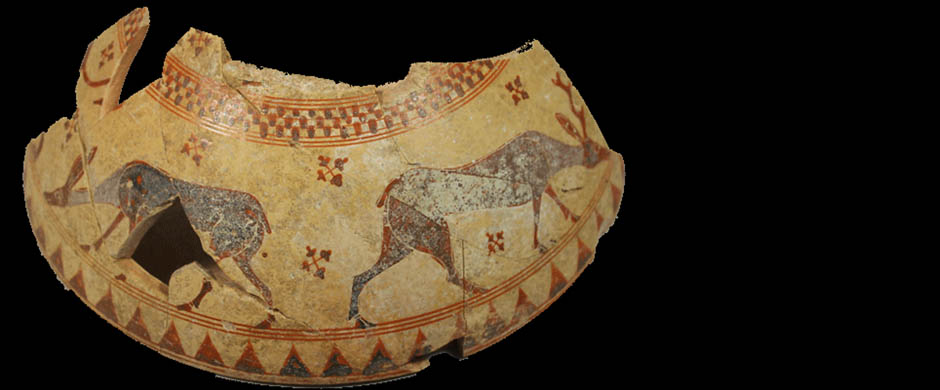
IFA Excavations at Selinunte
Summary of Excavation Results, 2023
Between June 2 and July 7, 2023, investigations of the main urban sanctuary continued, now within the context of an expanded research permit encompassing the entire sacred area. We are most grateful to the Director of the Archaeological Park of Selinunte, Cave di Cusa and Pantelleria, Dr. Felice Crescente, for this great opportunity. In addition to extensive vegetation clearing efforts in the northern area of the sanctuary and in front of Temple C to uncover and document the walls and foundations of a number of ancient and post-antique structures, work within and around Temple R continued with the opening of two trenches (SAS T and SAS U), while a third trench was opened as part of a new project studying the sanctuary’s peribolos wall (SAS V).
The SAS T was positioned inside Temple R in the unexcavated northeast corner of the naos, its excavation meant to complete the exploration of the anterior section of the temple’s interior (after SAS O) and the extensive foundation deposit and later deposits uncovered to date. Excavation confirmed the phasing encountered previously inside the structure: the highest strata associated with a levelling action of the Early Hellenistic period (ca. 300 BCE); a post-409 BCE renovation; a destruction event associated with the city’s sacking by the Carthaginian army in 409 BCE; the renovation of Temple R in the first quarter of the 5th century BCE; and the temple’s original construction. More objects belonging to the deposits associated with the structure’s construction and subsequent renovations were uncovered, including many iron spearheads [Figure 1]. Full investigation of the strata associated with the phases predating the construction of Temple R (ca. 570 BCE) must wait for the 2024 season.
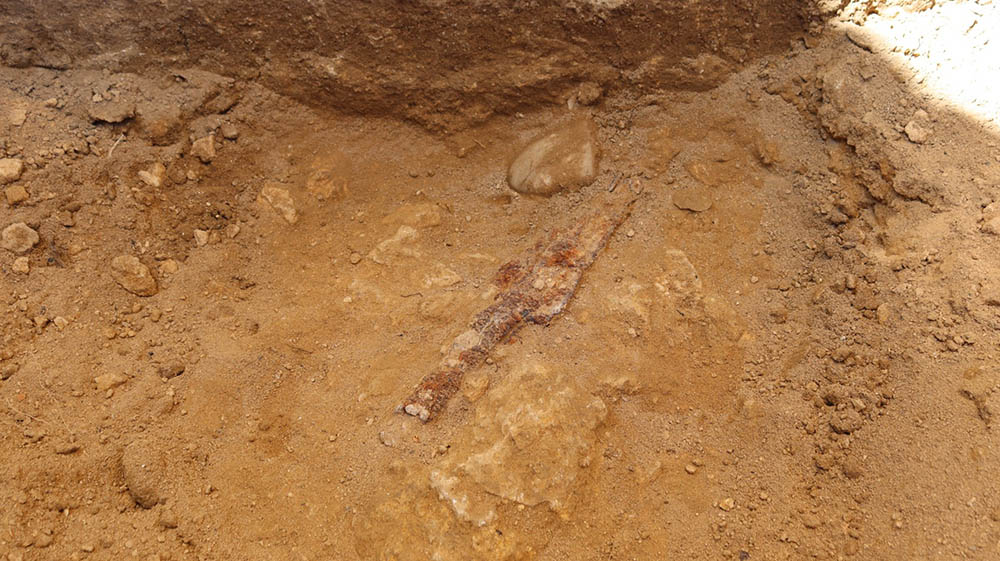
Figure 1: SAS T. Iron spearhead found as part of Temple R’s foundation deposit (ca. 570 BCE). © The Institute of Fine Arts, NYU
SAS U was opened along the western wall of Temple R at its southwestern corner, only 40 cm away from SAS R, excavated between 2018 and 2022 to the immediate north. The trench is L-shaped, following the southwest corner of Temple R, and it corresponds to both the opisthodomos and part of the adyton. The goal of this trench was to investigate the southern part of the votive deposit uncovered in SAS R that seemed to coincide with the construction and/or renovation of the opisthodomos, thereby verifying the chronology of the opisthodomos and its connection with Temple R’s adyton.
Four phases were found underneath the topsoil: a number of strata association with the Hellenistic period and use of the area for domestic spaces; Late Archaic strata following the construction of Temples C and R that include a number of votive offerings disturbed by later activity [Figure 2]; a concentration of stones forming a feature that abuts against Temple R [Figure 3], potentially associated with activities associated with the construction of Temple C; and traces of earlier seventh century activity.

Figure 2: Terracotta statuette found in disturbed Late Archaic strata. © The Institute of Fine Arts, NYU
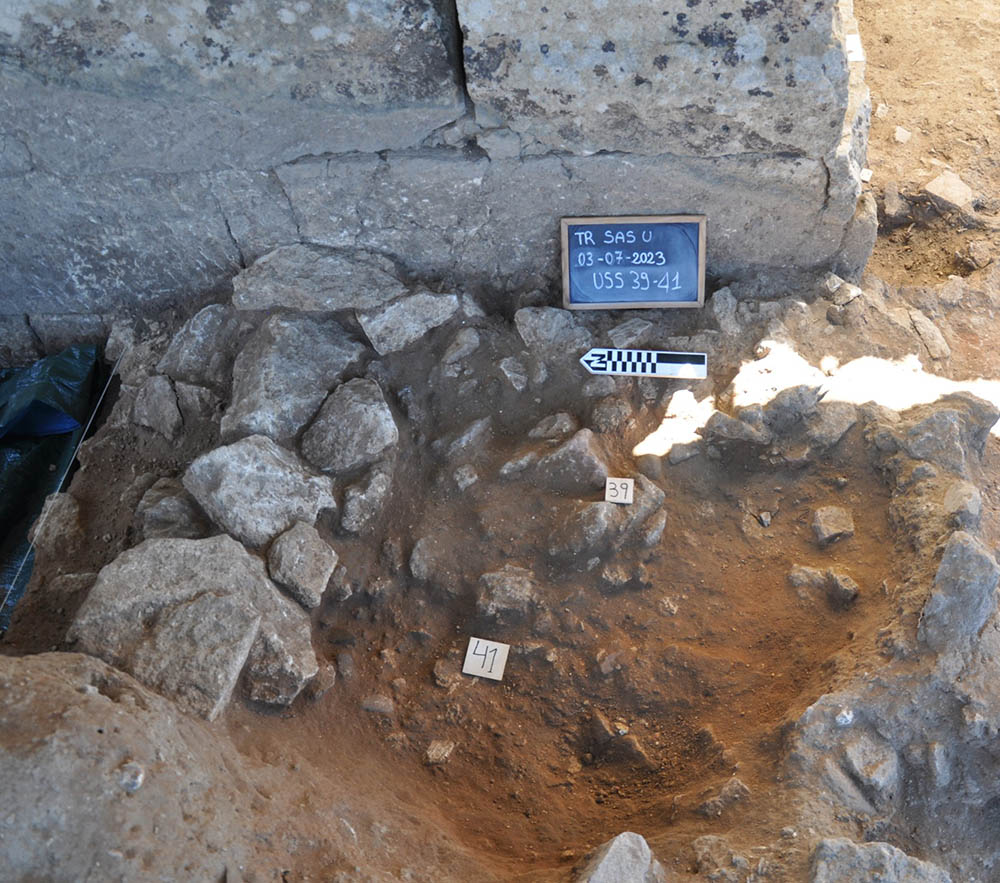
Figure 3: Stone feature abutting against the southwestern corner of Temple R’s opisthodomos. © The Institute of Fine Arts, NYU
SAS V consisted of a long trench stretching westward alongside the peribolos wall south of Temple R. Measuring 5m N-S and 49m E-W, it was divided into 9 sectors. Once the whole area was cleared and photographed, a trench was opened within Sector 8 (SAS V.8), a partially enclosed area along the southern interior of the sanctuary’s peribolos wall formed by two northward projecting transverse walls to the east and west [Figure 4].
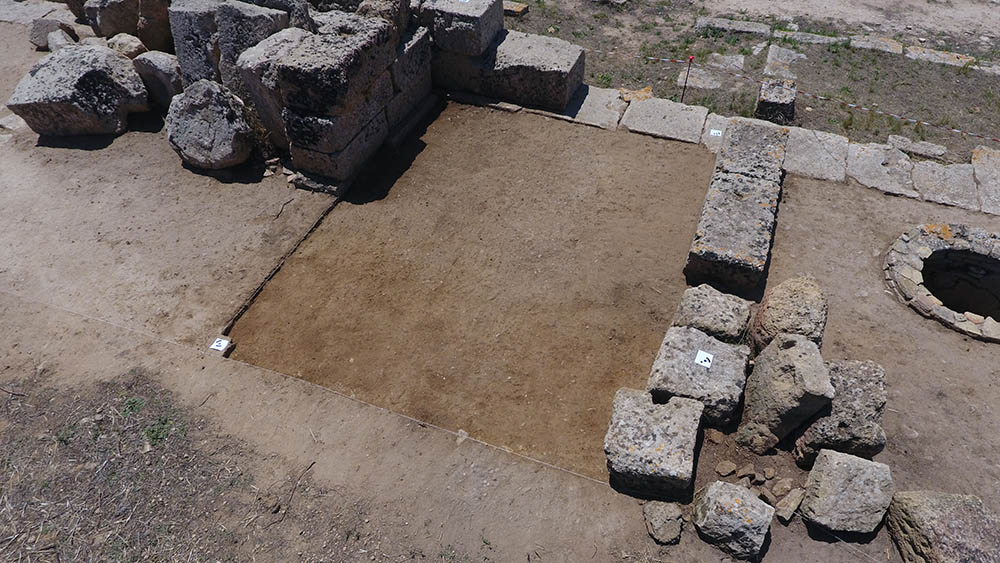
Figure 4: Excavation area of SAS V, Sector 8, following surface cleaning. © The Institute of Fine Arts, NYU
Beneath the topsoil, several successive layers of soil appeared to be post-antique fill, covering two soil strata which abutted against the transverse walls framing the space to the east and west. It soon became apparent that these transverse walls were erected around the same time that the peribolos wall was being constructed, as the ashlar blocks lay on a thick, loose layer of sand and limestone chips that in turn filled the foundation trench of the peribolos wall [Figure 5].
While there was a scarce quantity of pottery and bone fragments found in both primary and secondary deposition across these layers, ceramic materials from the bottom of the peribolos wall’s foundation trench including Type B1 Ionic cup and Middle Corinthian oinochoe fragments allowed for a dating of the construction to between 580 and 560 BCE. This is a significant discovery, placing the construction of the walls of the sanctuary at around the same time as the construction of Temple R to the immediate north. Further study of the sanctuary’s temenos in coming seasons will help to clarify whether this date for the peribolos wall holds true for just this area, or the entire precinct.
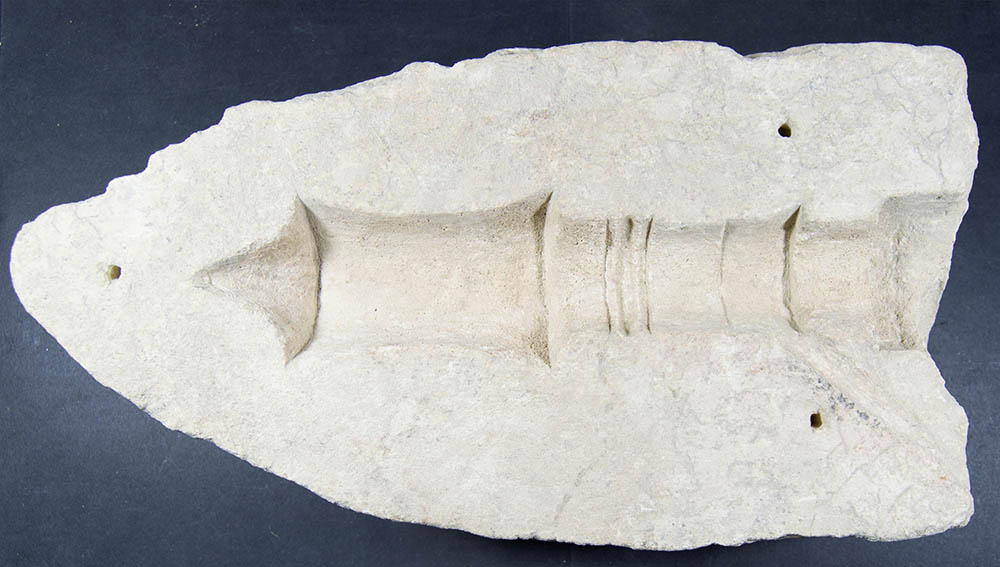
Figure 5: Excavation area of SAS V, Sector 8, following excavation of the peribolos wall’s foundation trench. © The Institute of Fine Arts, NYU
Clemente Marconi (director) and Rosalia Pumo (co-director), and Andrew Farinholt Ward (field director)